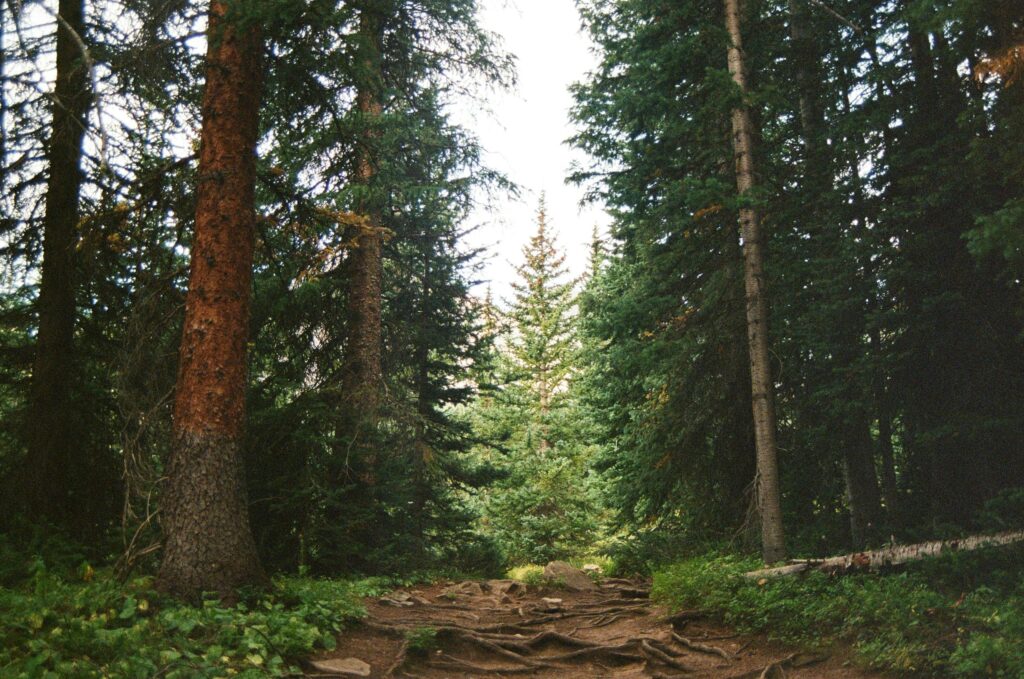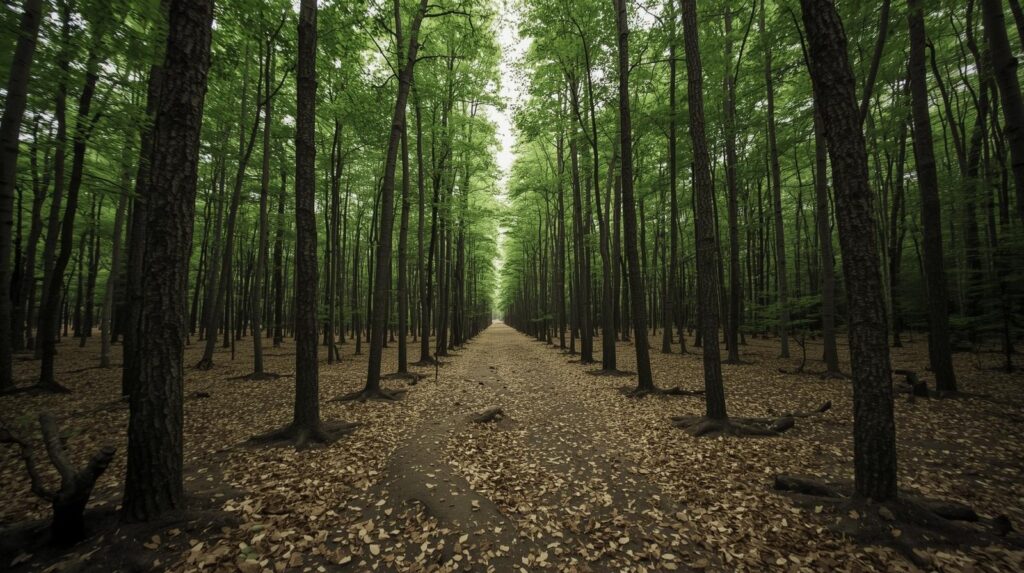Imagine a patch of land no bigger than a tennis court, bursting with trees, buzzing with bees, and alive with kids exploring nature. That’s the magic of Scotland’s “wee forests,” tiny urban woodlands inspired by a Japanese method that’s taking root across the country. These small but mighty green spaces are popping up in cities, schools, and communities, offering a surprising punch of benefits for both people and the planet. Let’s dive into what makes these wee forests so special and why they’re making waves in Scotland.
What’s a Wee Forest?
A wee forest is a super-dense, fast-growing mini woodland, usually about 200 square meters (think a small playground). Unlike regular tree-planting projects, these forests follow the Miyawaki method, dreamed up by Japanese botanist Akira Miyawaki in the 1970s. The idea is simple but clever: plant a mix of native trees and shrubs super close together in nutrient-rich soil, and they’ll race for sunlight, growing into a lush forest in just 10-20 years instead of a century.
In Scotland, this means planting things like Scots pine, oak, silver birch, and gorse all at once. The soil gets a special prep with organic goodies to give the plants a head start. The result? A pocket-sized jungle that feels wild and natural, even in the middle of a city.
Why Scotland Loves Them
Scotland’s no stranger to big, beautiful forests, but wee forests are carving out their own niche, especially in urban areas. Since 2020, hundreds of these tiny woodlands have sprouted across the UK, with Scotland leading the charge. Places like Edinburgh, Dundee, and even university campuses are getting in on the action. Here’s why they’re catching on:
- They Fit Anywhere: Got a small patch of land? That’s enough! Wee forests squeeze into urban spaces where big forests can’t go, bringing nature closer to where people live.
- Fast Results: These forests grow 10 times faster than traditional plantings, so you get a proper woodland vibe in just a few years.
- Biodiversity Boost: Even though they’re small, they’re home to butterflies, birds, bees, and even critters like newts. A wee forest in Edinburgh’s Queen Margaret University is already buzzing with life just three years after planting.
- Kid-Friendly: Many wee forests are near schools, turning them into outdoor classrooms. Kids get their hands dirty, learn about nature, and have a blast doing it.
A Day in a Wee Forest
Picture this: a sunny morning at Queen Margaret University’s wee forest, just outside Edinburgh. A group of eight-year-olds is on a mission, armed with buckets, jugs, and a stopwatch. They’re testing how fast water soaks into the soil inside the forest compared to the grass nearby. “It’s gone!” one kid shouts as the water disappears, stopwatch clicking. Elly, a greenspace officer, guides them with a smile, turning science into an adventure.

This wee forest, planted in 2020, is still young. Its oak and hazel saplings are more like tall bushes than towering trees, but the place is alive. Bees hum around gorse flowers, and a wildflower-roofed shelter (called a “howff”) sits in the center, inviting visitors to linger. The kids love it, and so do the grown-ups. Patrick, a lecturer at the university, uses the forest to teach students about the environment, saying it’s a “rich experience” that gets everyone excited.
The Bigger Picture
Wee forests aren’t just cute—they’re doing serious work. Studies show they cool down hot city streets, soak up rainwater to prevent flooding, and even store a bit of carbon (about half a ton per forest after four years, says the nonprofit Earthwatch). They’re also great for mental health. Research from 2024 shows that kids who spend time in nature have better well-being, and adults living near green spaces report feeling happier.
Scotland’s wee forests often focus on community, especially in less wealthy areas. Schools and locals help plant and care for them, becoming “tree keepers” who monitor their growth. Some forests are even tied to health programs, like “green prescribing” in Dundee, where doctors encourage patients to spend time in nature to feel better.
Not Without Challenges
It’s not all smooth sailing. Planting a wee forest costs more upfront than regular tree planting (though the trees are more likely to survive, making it cheaper per tree in the long run). Some worry the focus on dense forests might overshadow other habitats, like meadows or wetlands, which are just as important. And then there was that time in Dundee when someone accidentally set fire to a straw mulch layer meant to help the trees grow. (Spoiler: the saplings survived!)
Funding’s another hurdle. Karen, a project officer at NatureScot, says planting more wee forests depends on finding the right land, money, and people to make it happen. For now, it’s a bit of a patchwork effort, but the dream is big: a wee forest within walking distance of every school in urban Scotland.

Why Small Can Be Mighty
For years, scientists argued that big forests were best for wildlife and conservation. Smaller patches, especially in cities, were seen as less useful. But new research is flipping that idea on its head. A 2022 study found that lots of small forest patches can actually support more species than one big patch of the same size. Each little forest is unique, adding up to a bigger, more diverse ecosystem across a city. Branches of Earth Science
In Scotland, these tiny forests are like stepping stones for wildlife, helping birds and bugs move through urban areas. They’re also a reminder that even small green spaces—like a hedge or a corner of a park—can make a difference. As Patrick puts it, “A hedge matters. Little bits of woodland matter.”
Looking Ahead
Back at Queen Margaret University, the kids are wrapping up their day, chasing ducks by the river and giggling about getting “mucky” in the soil. The wee forest’s fence will come down soon, letting it blend into the surrounding land. There’s even talk of turning a nearby lawn into a wildflower meadow or planting another wee forest. The goal? Make the whole campus feel like a nature reserve.
Scotland’s wee forests are proof that big things can come from small spaces. They’re not going to save the planet single-handedly, but they’re bringing nature to people’s doorsteps, teaching kids to love the outdoors, and giving wildlife a foothold in cities. As more pop up, they’re weaving a green thread through Scotland’s urban landscape, one tiny forest at a time.
